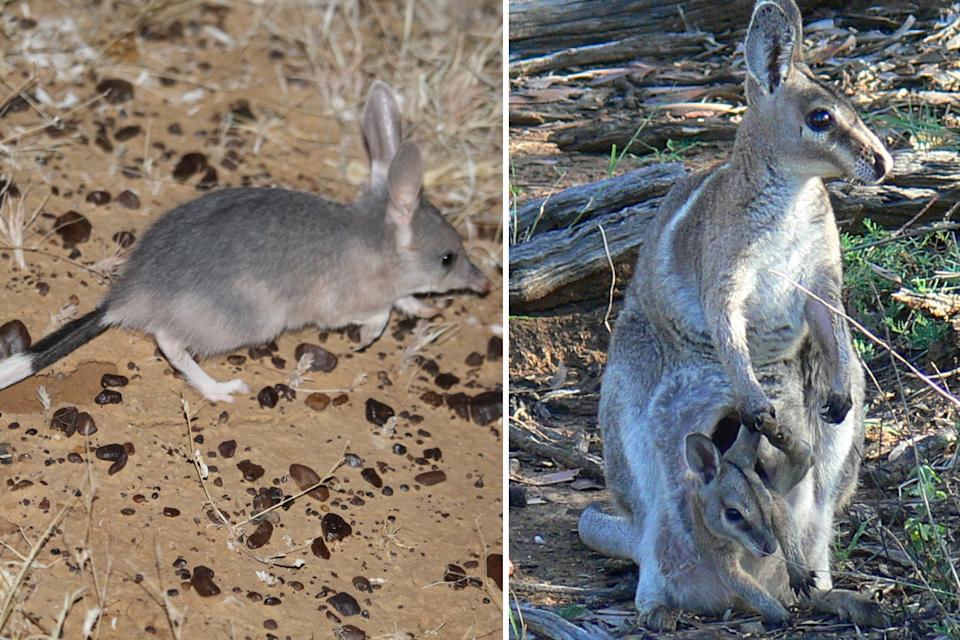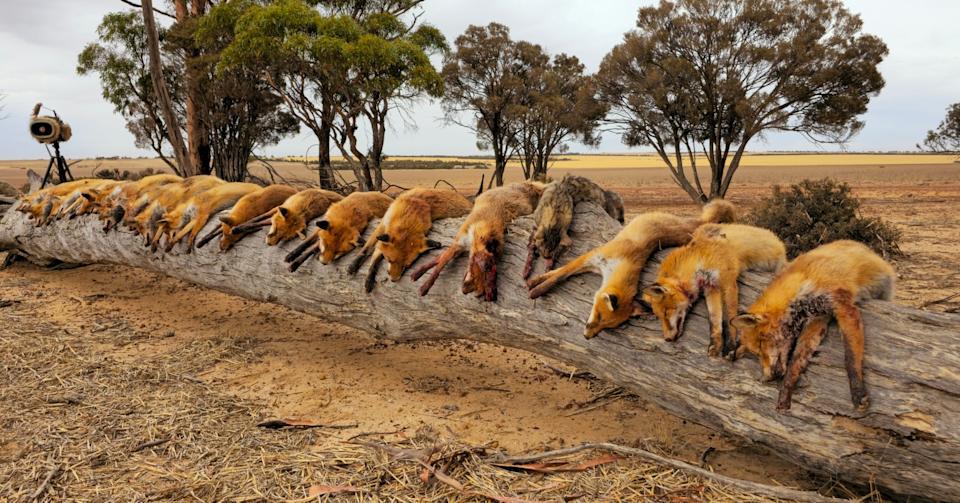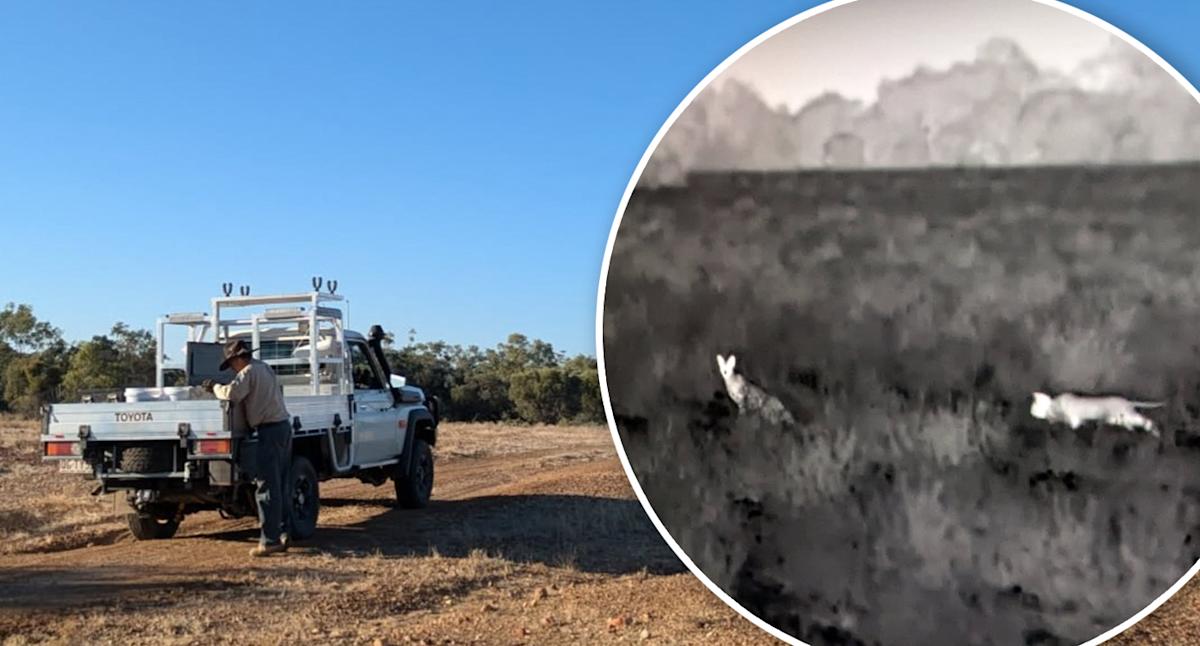Rangers say they are “working around the clock” as one Aussie state braces for an invasive predator “boom” following recent wet weather.
While the rainfall in Outback Queensland has been a much-needed boost for all creatures across the food chain, it has also set the scene for populations of feral cats and foxes to explode, according to the state’s Department of Environment, Tourism, Science and Innovation (DETSI).
In an attempt to curb their expansion and protect critical habitats where “an amazing array of wildlife” reside, rangers have been been putting “control measures” in place at various national parks to help “knock down predator pest numbers” and give native animals a chance to “breed up”.
Diamantina, Currawinya and Astrebla national parks, as well as Taunton National Park (Scientific), are home to threatened species, including the critically endangered bridled nail-tail wallabies and greater bilbies. They also have less tree cover than other protected areas in the state.
“Pest predators will particularly target babies and young and can have dramatic impacts on population numbers,” Pest Management Ranger Stuart said on Wednesday.
“We’ve also been monitoring and tracking their movements to get a better understanding of cat and fox behaviour so we can continue to tailor and adjust control methods for maximum effectiveness.
“Feral cats and foxes don’t keep to regular work hours, so Rangers have been working around the clock in order to make our pest control efforts as effective as possible.”
Queensland’s control methods include baiting, trapping and humane ground shooting. Earlier this year, DETSI announced the launch of a new culling program aimed at reducing the growing population of feral cats in rural areas.

There are fears feral cats could push threatened native species like the greater bilby (left) to the brink of extinction. Source: Barry Nolan/Queensland Government
Feral cats and foxes continue to threaten native species
Feral cats and red foxes are some of Australia’s worst invasive predators and have contributed to the country’s status as having the worst mammal extinction rate in the world.
Together, they’ve helped drive over 25 native species to extinction, and continue to threaten more than 100 others — including small marsupials, ground-nesting birds, and reptiles — many of which occur nowhere else in the world.
Feral cats are considered one of the most damaging invasive species in Australia. Estimates suggest they kill more than a billion native animals every year. Their economic impact is also staggering, with research revealing that feral cats cost the Aussie economy around $1 billion a year, including expenses for control efforts, ecological damage, and biodiversity loss.
Foxes were first introduced in the 1860s for recreational hunting, but their numbers have since exploded across the country, largely due to a lack of natural predators and an abundance of prey.

Farmers and hunters across the country are trying to limit the damage foxes cause to the environment. Source: WA Feral Animal Service/Facebook
Similarly to cats, they prey on native wildlife, but also affect agriculture by attacking livestock and poultry. While they’re often less numerous than their feline counterparts, foxes can be just as ecologically destructive in areas where native species haven’t evolved sufficient defences.
They are also becoming increasingly prevalent in urban areas, with one man recently detailing his late-night encounter with a fox in a suburban Sydney parking lot to Yahoo News.
Major national park hazard to tackle ‘big threat’
Like all states and territories, NSW is trying to curb its growing fox population, with authorities warning residents this week to be vigilant as they prepare to commence an expansive fox baiting program at national parks and reserves.
“Invasive species are one of the biggest threats to native plants and animals and cause extensive damage to the environment, along with billions of dollars’ worth of damage to Australian agricultural production each year,” a National Parks and Wildlife spokesperson told Yahoo, adding that “sodium fluoroacetate (1080) is the most effective landscape fox control method”.
They said extensive research has shown that native animals — including lace monitors, quolls and birds — have a high tolerance to 1080 at the concentrations used to control foxes.
Do you have a story tip? Email: newsroomau@yahoonews.com.
You can also follow us on Facebook, Instagram, TikTok, Twitter and YouTube.


